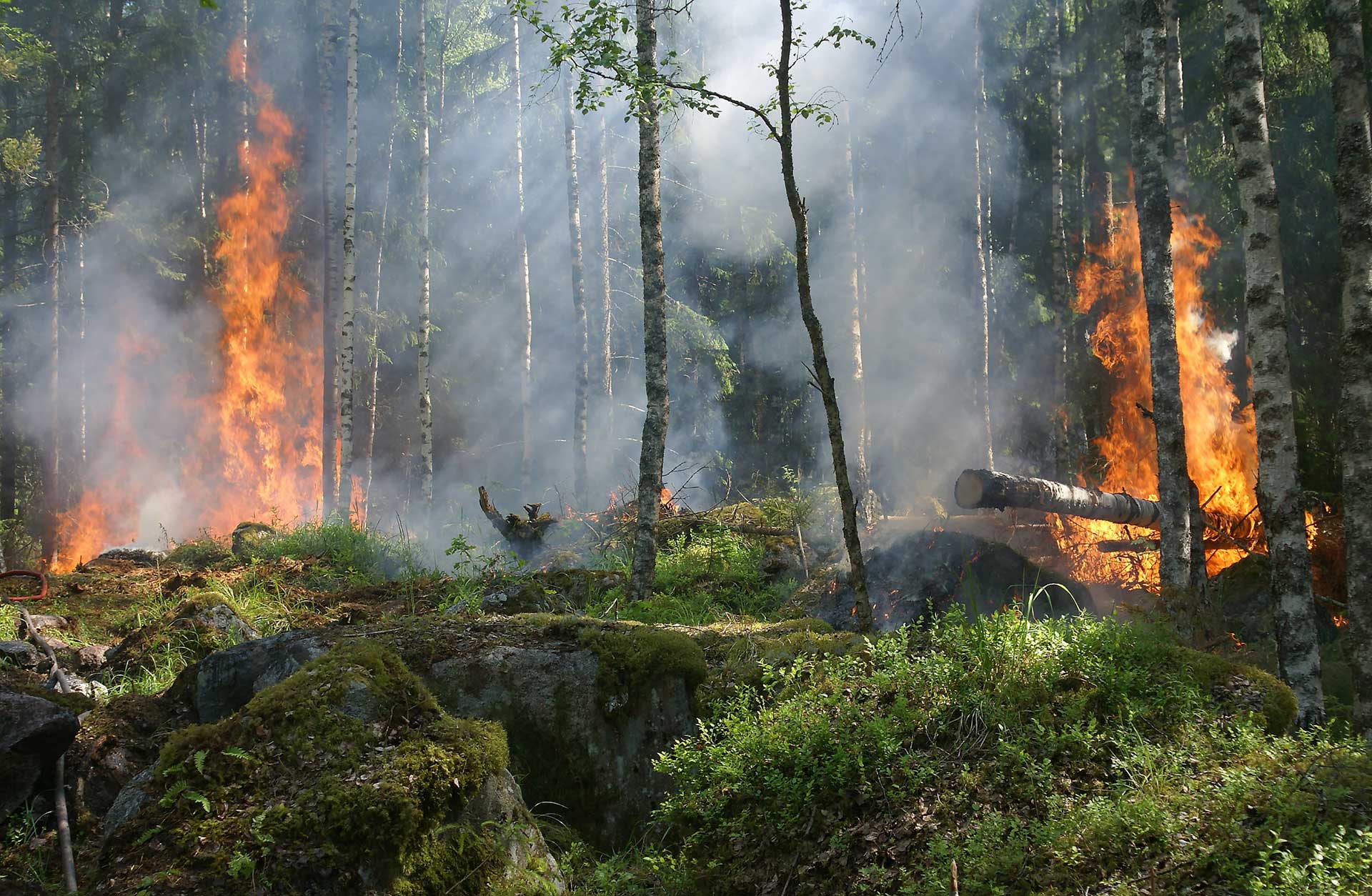
News & Updates
News
Updates to Wildfire Risk to Communities
In May 2025, Wildfire Risk to Communities was updated with the latest data from the U.S. Census Bureau. These updates ensure all U.S. communities can find the most accurate and useful information about their wildfire risk and include:
- New communities and Tribal areas in the search feature.
- Updated community boundaries displayed on maps.
- The latest economic and demographic data on the “Vulnerable Populations” tab.
You can learn more information about the data vintage and sources in the FAQ, “What time period do the data reflect?“
This is the eighth major update to Wildfire Risk to Communities since its launch in 2020. More improvements are planned in 2026, including a comprehensive, nationwide update to wildfire risk data.
As Featured In…

Colorado counties take control of wildfire protection as DOGE slices federal funding
The Colorado Sun, April 11, 2025

The Guardian, April 5, 2025

Where climate change poses the most and least risk to American homeowners
The Washington Post, October 15, 2024

Fires in a growing part of Boise could trap residents. Why is there only one road out?
Idaho Statesman, November 18, 2024

Wildfires Threaten Nearly One Third of U.S Residents and Buildings
Scientific American, June 2, 2024

In Acton, rural serenity threatened by planned battery facilities, costlier fire insurance
Los Angeles Times, May 14, 2024

Here Are the Wildfire Risks to Homes Across the Lower 48 States
The New York Times, May 16, 2022

The Intercept, February 12, 2022

How to protect your home from wildfires
The Washington Post, September 29, 2021

Report shows wildfire risks for every state, county and community
National Public Radio, March 13, 2021

Visualizing Climate-Vulnerable Communities
Investigate West, February 24, 2021

Is Your Home At Risk Of Wildfire In A Changing Climate? 6 Questions To Ask
National Public Radio, October 18, 2020








